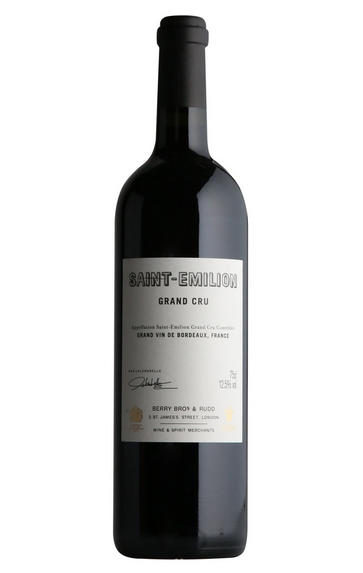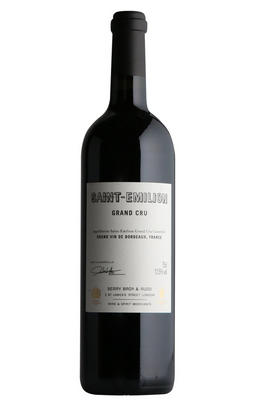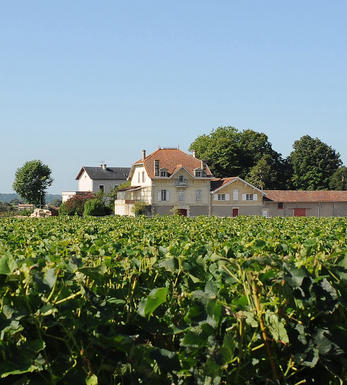
2020 Berry Bros. & Rudd St Emilion by Château Simard, Bordeaux

About this WINE

Chateau Simard
Ch. Simard has been in the Vauthier family, owners of Ch. Ausone, since 1954 and its chalky, gravely soils produce wines particularly elegant and expressive of its fine terroir. Cellar Master Thierry Lezin and Vineyard Manager Laurent Vallet work together to produce excellent wines from vines with an average age of 20 years.

St Émilion
St Émilion is one of Bordeaux's largest producing appellations, producing more wine than Listrac, Moulis, St Estèphe, Pauillac, St Julien and Margaux put together. St Emilion has been producing wine for longer than the Médoc but its lack of accessibility to Bordeaux's port and market-restricted exports to mainland Europe meant the region initially did not enjoy the commercial success that funded the great châteaux of the Left Bank.
St Émilion itself is the prettiest of Bordeaux's wine towns, perched on top of the steep limestone slopes upon which many of the region's finest vineyards are situated. However, more than half of the appellation's vineyards lie on the plain between the town and the Dordogne River on sandy, alluvial soils with a sprinkling of gravel.
Further diversity is added by a small, complex gravel bed to the north-east of the region on the border with Pomerol. Atypically for St Émilion, this allows Cabernet Franc and, to a lesser extent, Cabernet Sauvignon to prosper and defines the personality of the great wines such as Ch. Cheval Blanc.
In the early 1990s there was an explosion of experimentation and evolution, leading to the rise of the garagistes, producers of deeply-concentrated wines made in very small quantities and offered at high prices. The appellation is also surrounded by four satellite appellations, Montagne, Lussac, Puisseguin and St. Georges, which enjoy a family similarity but not the complexity of the best wines.
St Émilion was first officially classified in 1954, and is the most meritocratic classification system in Bordeaux, as it is regularly amended. The most recent revision of the classification was in 2012

Merlot
The most widely planted grape in Bordeaux and a grape that has been on a relentless expansion drive throughout the world in the last decade. Merlot is adaptable to most soils and is relatively simple to cultivate. It is a vigorous naturally high yielding grape that requires savage pruning - over-cropped Merlot-based wines are dilute and bland. It is also vital to pick at optimum ripeness as Merlot can quickly lose its varietal characteristics if harvested overripe.
In St.Emilion and Pomerol it withstands the moist clay rich soils far better than Cabernet grapes, and at it best produces opulently rich, plummy clarets with succulent fruitcake-like nuances. Le Pin, Pétrus and Clinet are examples of hedonistically rich Merlot wines at their very best. It also plays a key supporting role in filling out the middle palate of the Cabernet-dominated wines of the Médoc and Graves.
Merlot is now grown in virtually all wine growing countries and is particularly successful in California, Chile and Northern Italy.


Buying options
Add to wishlist
Description
Our St Emilion comes from a small property owned by the Vauthier family, one of the best names on the Right Bank. Layers of soft blackberry and cassis fruit lead to a palate of ultra-fine, velvety tannins, reflecting the warmth of the 2020 growing season.
Though Merlot is dominant, a generous portion of Cabernet Franc brings its signature raspberry crunch and a waft of violets, keeping the wine vibrant. There is a gentle purity to this vintage, which is both focused and enticingly moreish.
Georgina Haacke, Fine Wine Buyer, Berry Bros. & Rudd
Cellar Plan members enjoy a 10% saving on this wine at the checkout. Find out more.
wine at a glance
Delivery and quality guarantee